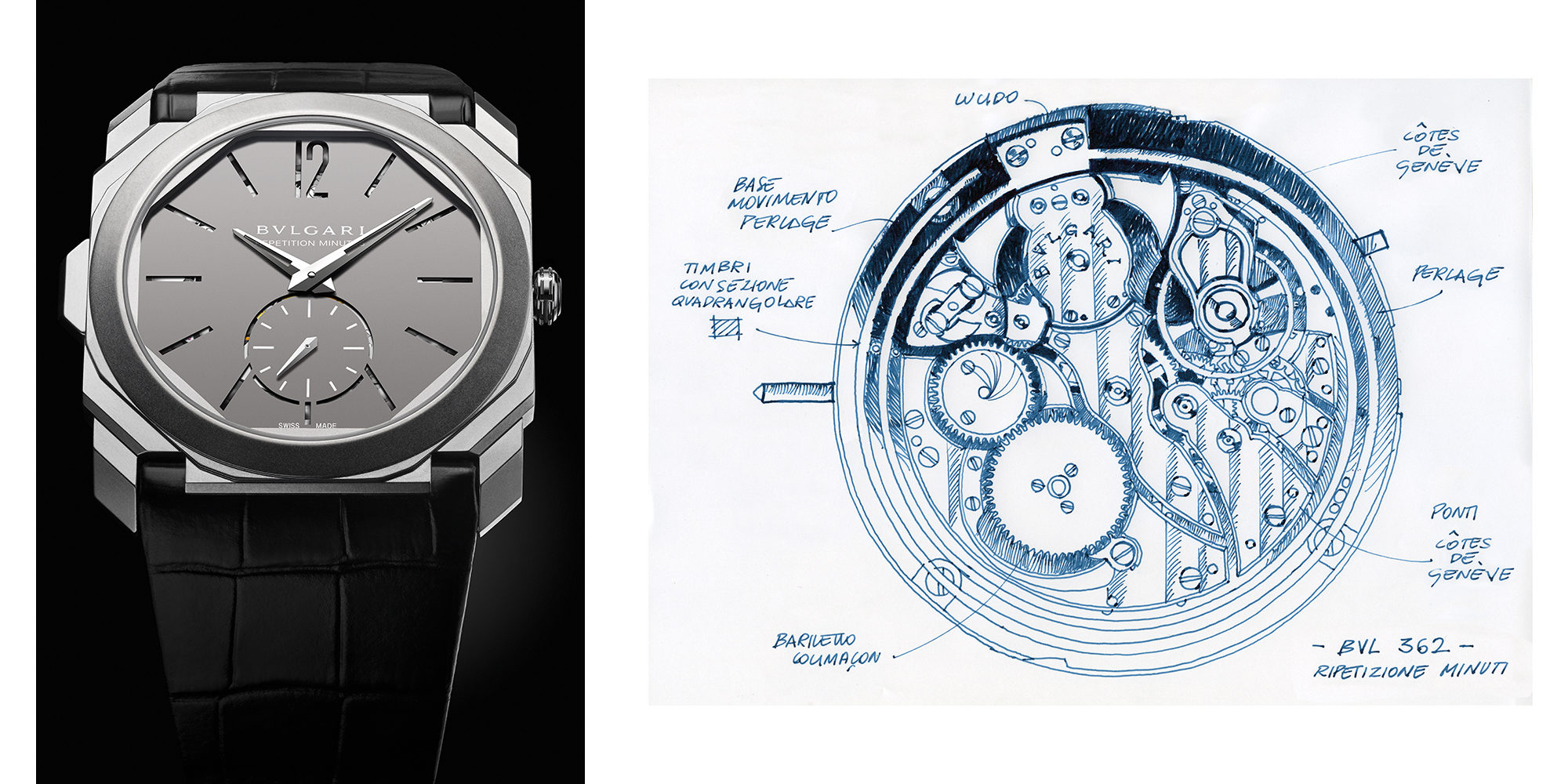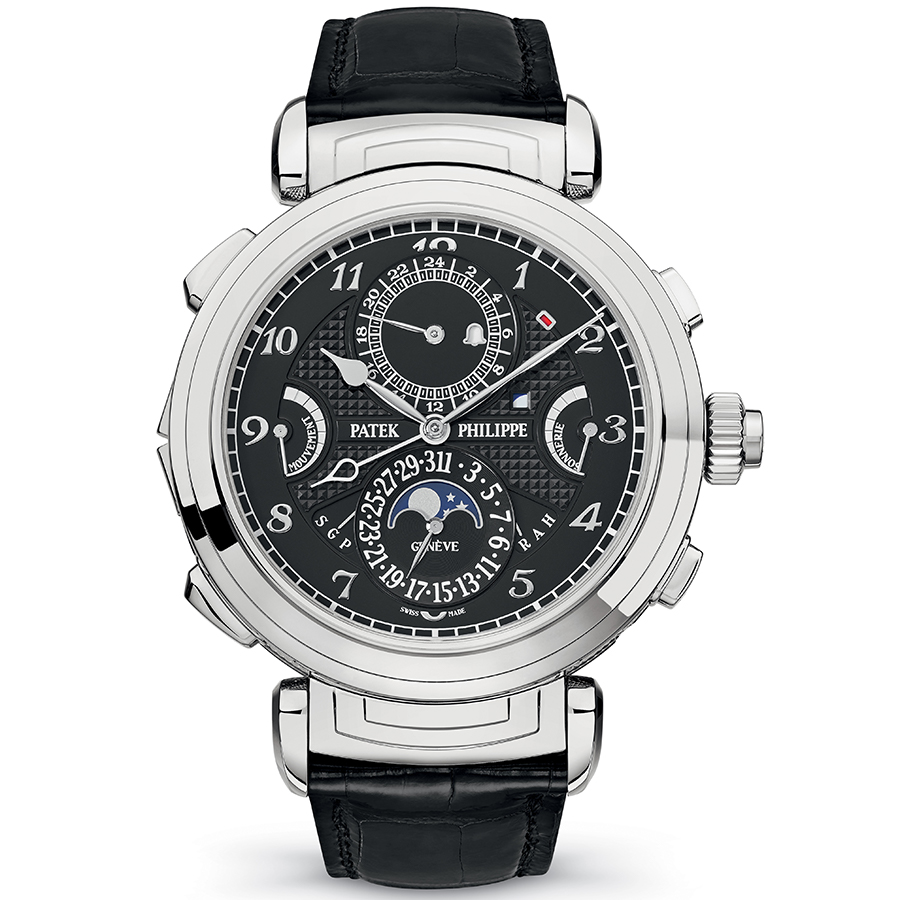The chiming watch is a vestige of the days before electricity. Awaking in the middle of the night wanting to know the time, you might push a button on the watch by your bed, setting in motion gears, levers, and cams that would end with a series of delicate sounds. Even now, in an age in which we all have charging iPhones on our nightstands, a handful of watchmakers, like Stephen Forsey, continue to make sonneries, which chime automatically, and minute repeaters, which do so on demand, for the handful of collectors who can afford them.
Forsey is the watchmaker of your childhood imagination. At least he looks the part: hair permanently tousled, trousers slung with suspenders, and a loupe comically squeezed between his eyebrow and cheek. The workbench is where the English émigré to Switzerland looks like he really belongs, but as cofounder of one of world’s most exclusive independent watch companies, he often travels the world, entertaining clients and liaising with journalists. Every watch Forsey and his partner, Robert Greubel, sell through their eponymous marque, Greubel Forsey, is worth more than $100,000. That price tag is even more impressive because the vast majority of them do not bear a single precious stone.
On his most recent visit to Surface’s New York City headquarters in early December, Forsey clutched a case containing fewer than half a dozen of his latest inventions, which together totaled more than $1 million. This will surprise no one who is aware of Forsey, regarded by the horological cognoscenti as maybe the greatest engineering mind in contemporary watchmaking. Forsey and Greubel are the modern masters of the tourbillon, an early-19th-century invention that mitigates the effects of gravity on a mechanical watch’s accuracy. The tourbillon is an incredibly complex mechanism, and the duo have advanced numerous variations of it, specializing in those of the multiaxis variety. But still, he had not made a sonnerie, watchmaking’s most elusive “complication,” a fancy term for an extra watch feature.
While he sat in our lair, I asked my questions. A handful of watch-geek colleagues who’d heard Forsey was coming in stopped by pay their respects. And then, in an almost throwaway aside, Forsey dropped a bomb that didn’t fully detonate.
“Be sure to see us at SIHH,” he said, referring to one of Switzerland’s two major watchmaking trade shows. “We’ll have something really special; we’ve been working on it for more than a decade.” Such a tease.
The sonnerie—which Forsey was alluding to—and the minute repeater are watchmaking’s holy grails. Such watches require painstaking hand assembly and comprise hundreds of components, which is the reason for the prohibitive pricing.
When I next saw Forsey, in January, he was indeed wearing his own chiming watch. An employee of the brand told me that Greubel had been wearing a prototype of his company’s new Grande Sonnerie surreptitiously in the field for three years. (He once told an inquisitive passenger on a commercial flight that the tones emanating from his wrist came not from a secret watch project, but from an iPhone.) Greubel and Forsey needed to be absolutely certain of the 935-part timepiece’s functionality and durability before sending their most complex watch into commercial production.
In an era that has seen most of the other horological complications become industrialized at cut-rate costs in Chinese factories, the sonnerie and the minute repeater are the unfakeable real deal, the calling cards of the best Swiss watchmakers. Here are some of the best examples that collectors are clamoring to own.


